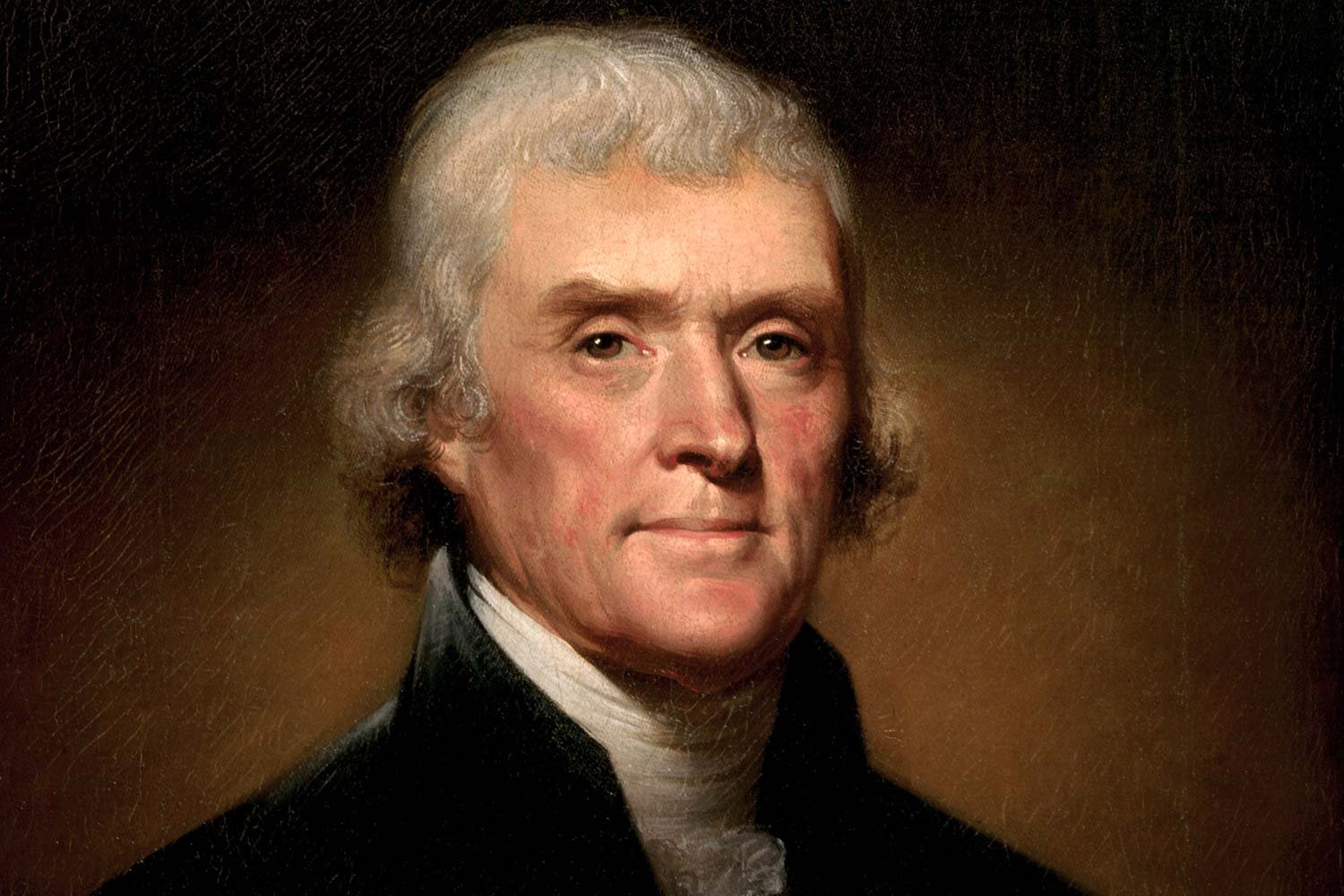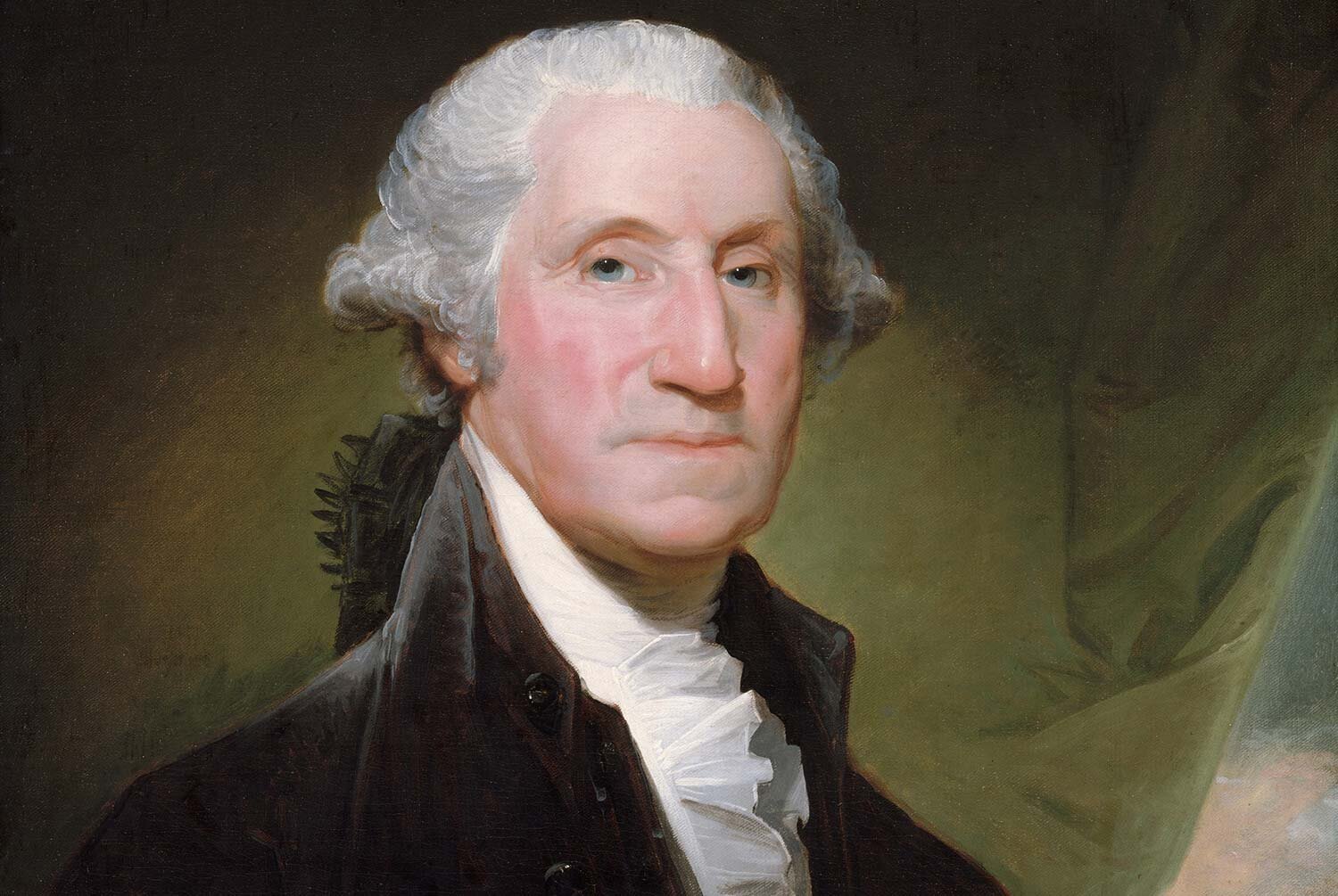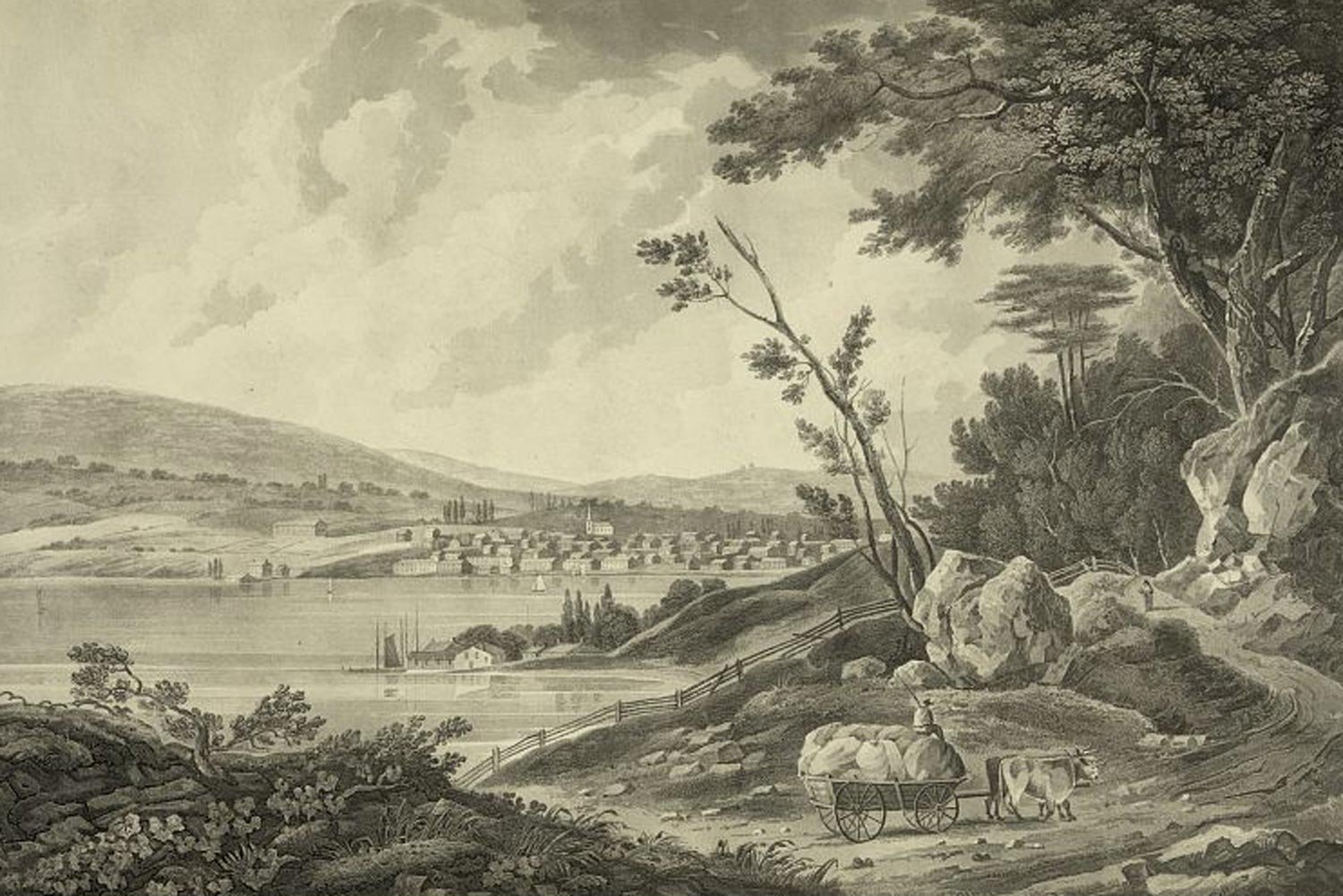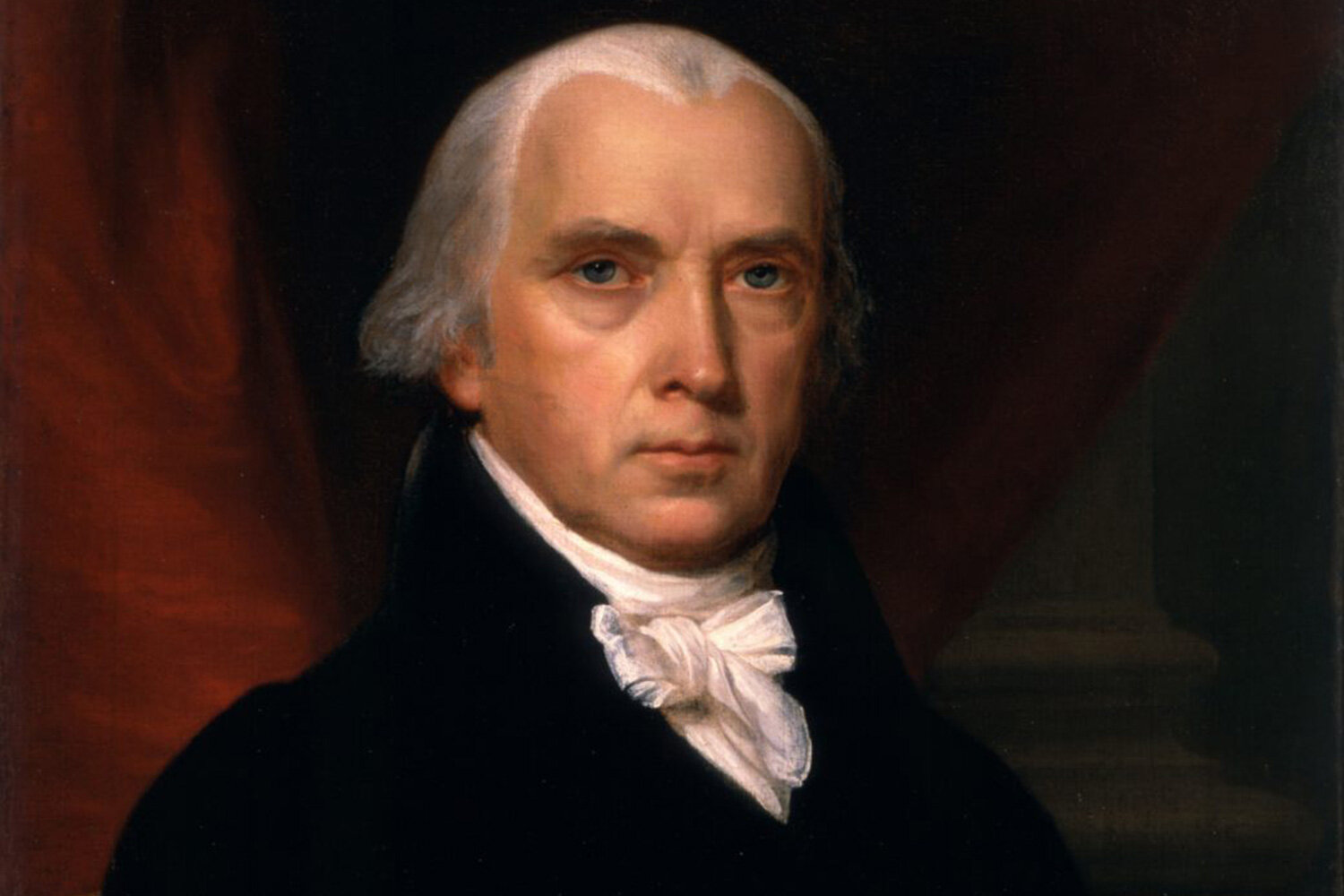

The Kentucky and Virginia Resolutions
In response to the Alien and Sedition Acts passed by the Federalist controlled Congress and signed by President John Adams in July 1798, Democratic-Republicans howled long and loud about the legislation that they viewed as an assault on both their party and the Constitution. They turned to their leader, Vice President Thomas Jefferson, to counter these Acts and, if possible, use them to their political advantage.

Key Debates at the Constitutional Convention
On May 29, 1787, Edmund Randolph, Governor of Virginia, rose and introduced fifteen resolutions to the Federal Convention. Known to history as the Virginia Resolves or the Virginia Plan, Randolph’s proposal, which was probably drafted by James Madison, was an outline for an entirely new national government. It called for a national executive, a two-house national legislature, and a national judiciary.

The Federal Convention Opens
In the years immediately following the successful conclusion of its war for independence, the United States struggled to survive under the Articles of Confederation. The nation’s leaders knew something had to be done to fix its many issues for this great experiment in democracy to continue.

The Newburgh Conspiracy: Dissension in the Ranks
We take civilian control of the military for granted today in America. However, were it not for General George Washington’s actions and words in the so-called Newburgh Conspiracy, things might be quite a bit different.

The Bill of Rights: First Amendment - Religion
The First Amendment is arguably the most important one in the Constitution, as it encompasses six essential rights. It covers everything from religious matters to what we can say to how we can pursue grievances against the government.

Creating the Constitution: Overview
The United States Constitution is arguably the most important legislative document ever written. It has not only shaped our great country, but also influenced many other democracies around the world.




